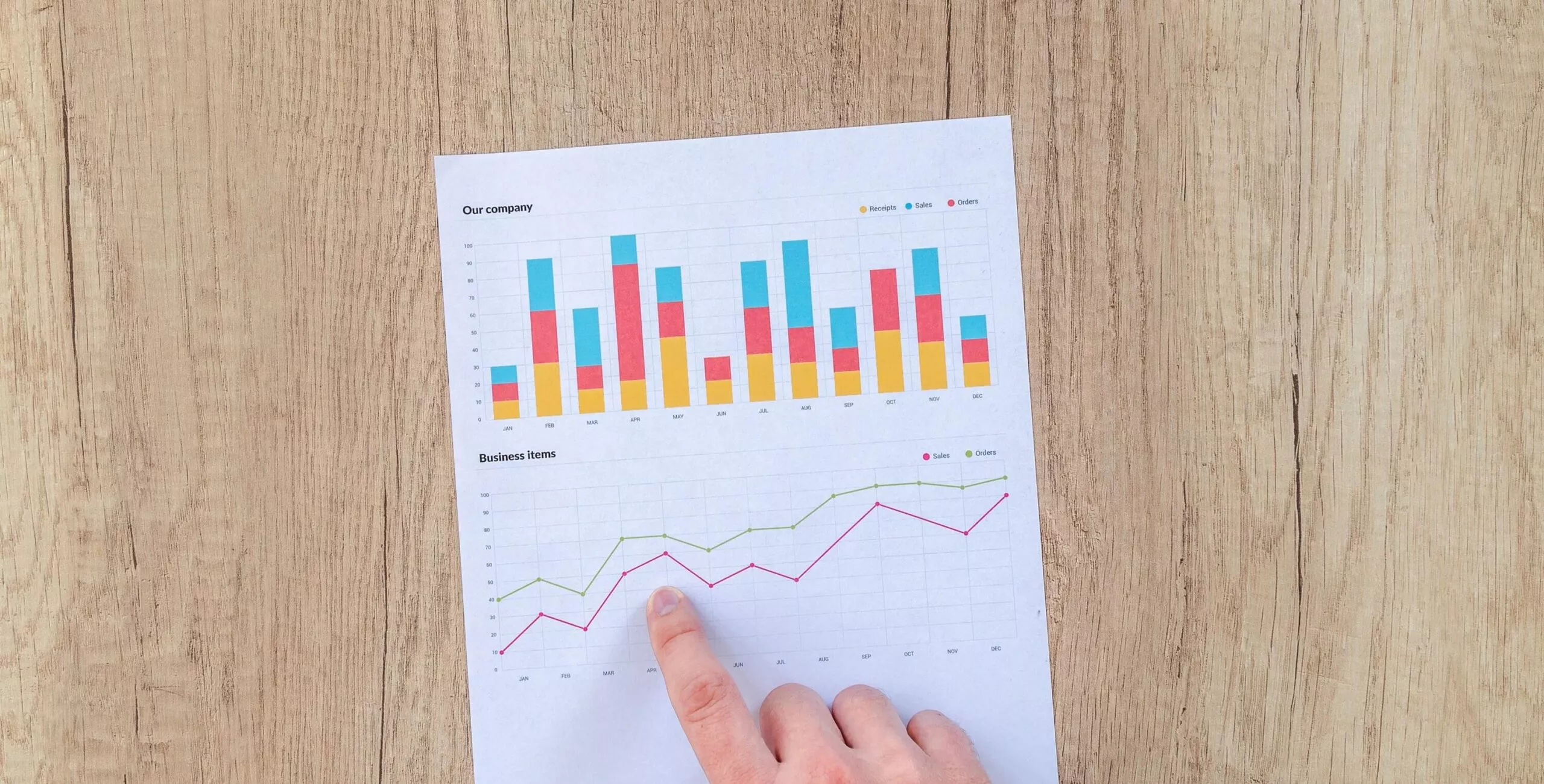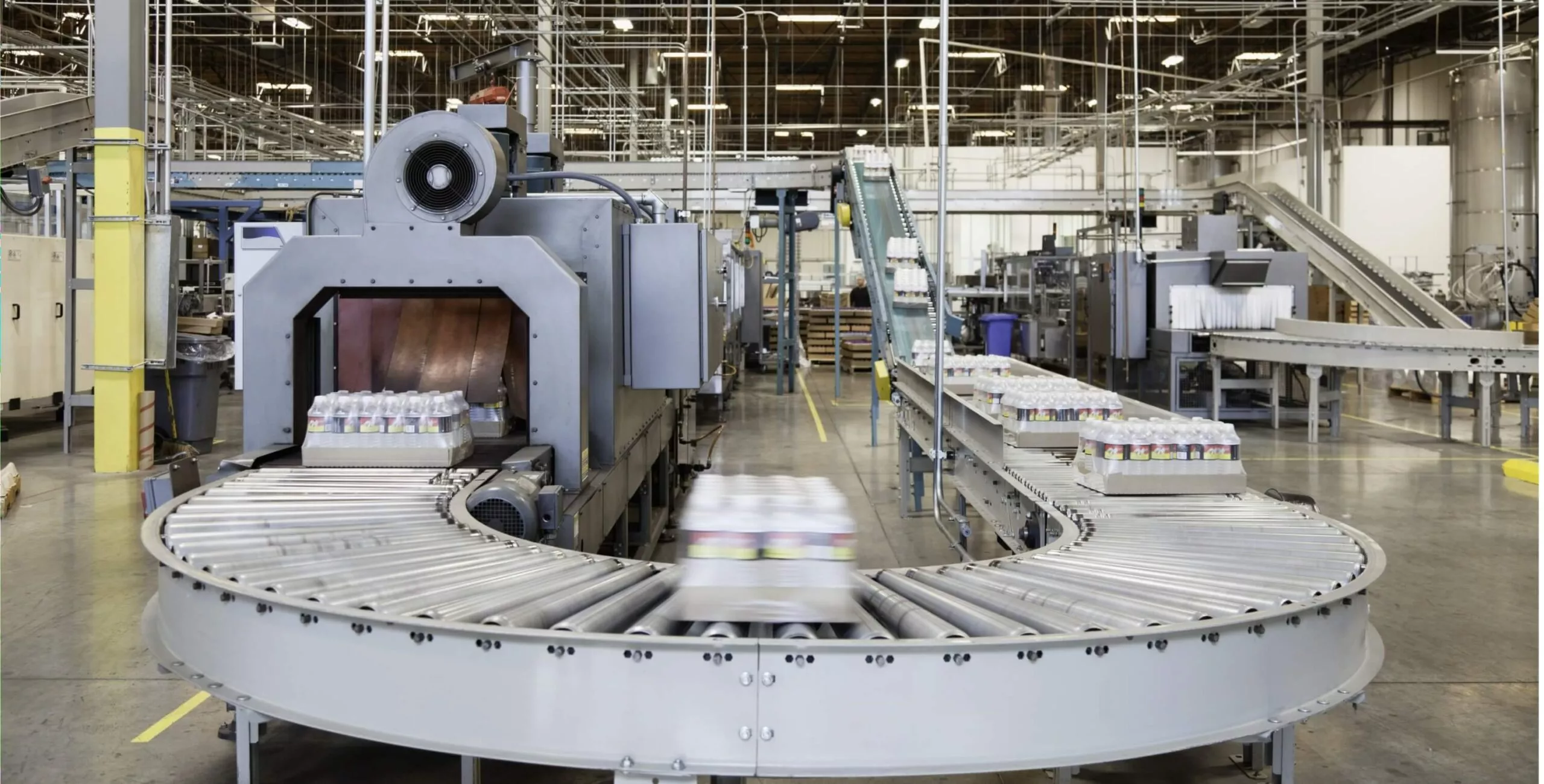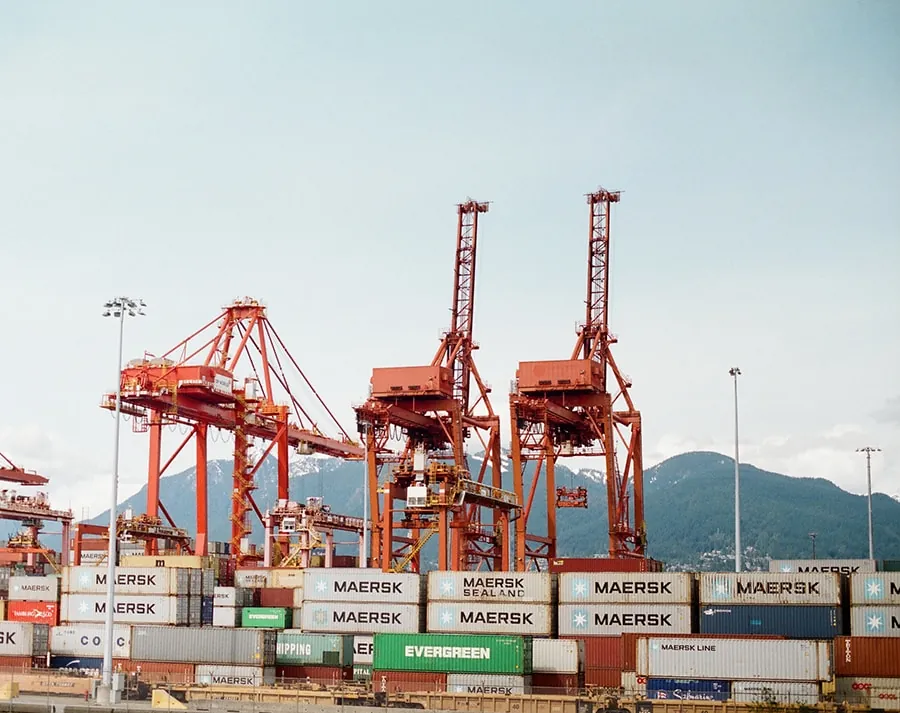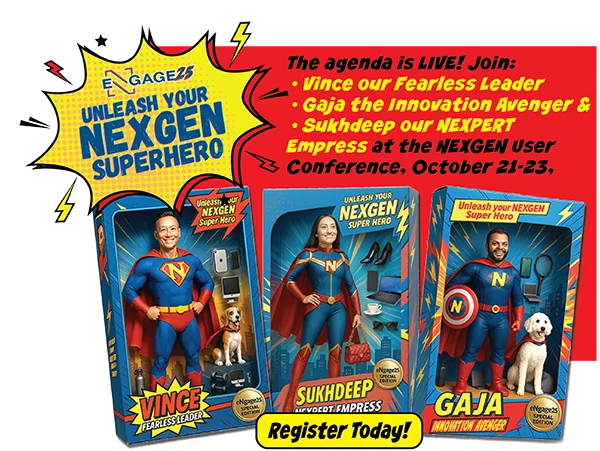While our generation is much more focused on Going Green, reducing paperwork and manual calculations, entrepreneurs started adapting to computerized maintenance management system (CMMS) to automate all of their maintenance related work. But a latest survey conducted in New York says, 40% to 80% of all EAM/CMMS software implementations fail. If you want to use maintenance software as part of your preventative maintenance program, avoid common pitfalls by following these steps.
Step1: Look for one responsible employee that has the skills and desire to successfully implement maintenance management software. This individual will be responsible for actively managing the implementation process and responding to any issues, be it technical or employee resistance. This individual will also be responsible for communicating between the asset management software vendor and their internal team.
Step2: Once you define the scope of your asset management needs, start looking for appropriate software. Look for software that is customizable to your particular organization’s needs. Don’t rush to impulsively purchase preventive maintenance software because it could lead you to make the wrong choice. Weigh the pros and cons of each preventative maintenance software, and speak to your team about each possible choice.
Step3: Other than the purchase cost of the software itself, there are expenses associated with customization, deploying, maintenance, employee training, and data migration. Ask questions and know the expenses associated with each of the above. Also ask for expenses associated with ongoing support/training, especially for new employees that are added to your company.
Step4: Get buy-in from your team early on in the process by educating them with informational memos and Q&A sessions. It’s important to get everyone on board because resistant workers can cause unnecessary problems in the future. If possible, arrange for the asset management software company to speak to your team, and provide a demo of the software.
Step5: Last but not least, data plays the main role in an efficient CMMS system. Spend some pennies in your vendor’s data migration services because, “the more organized your data is, the less time it will take to get your maintenance software up and running without disruption.” This step is usually the most time-consuming, so plan ahead of time to ensure a smooth transition of the new system.





